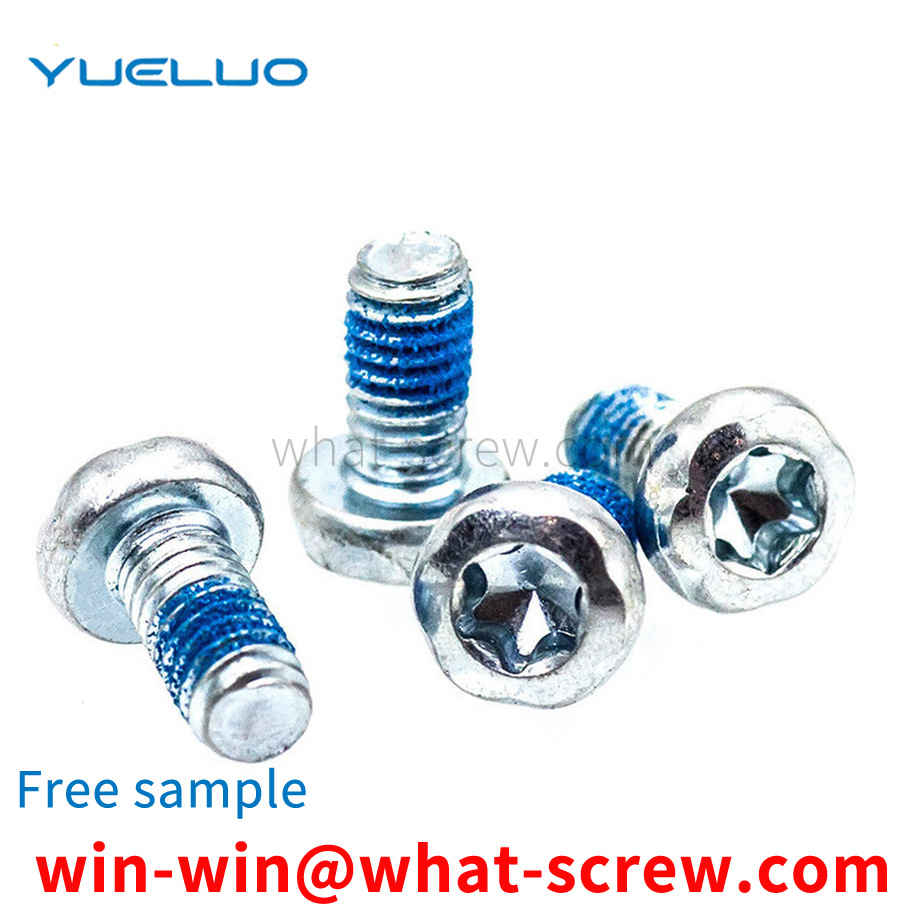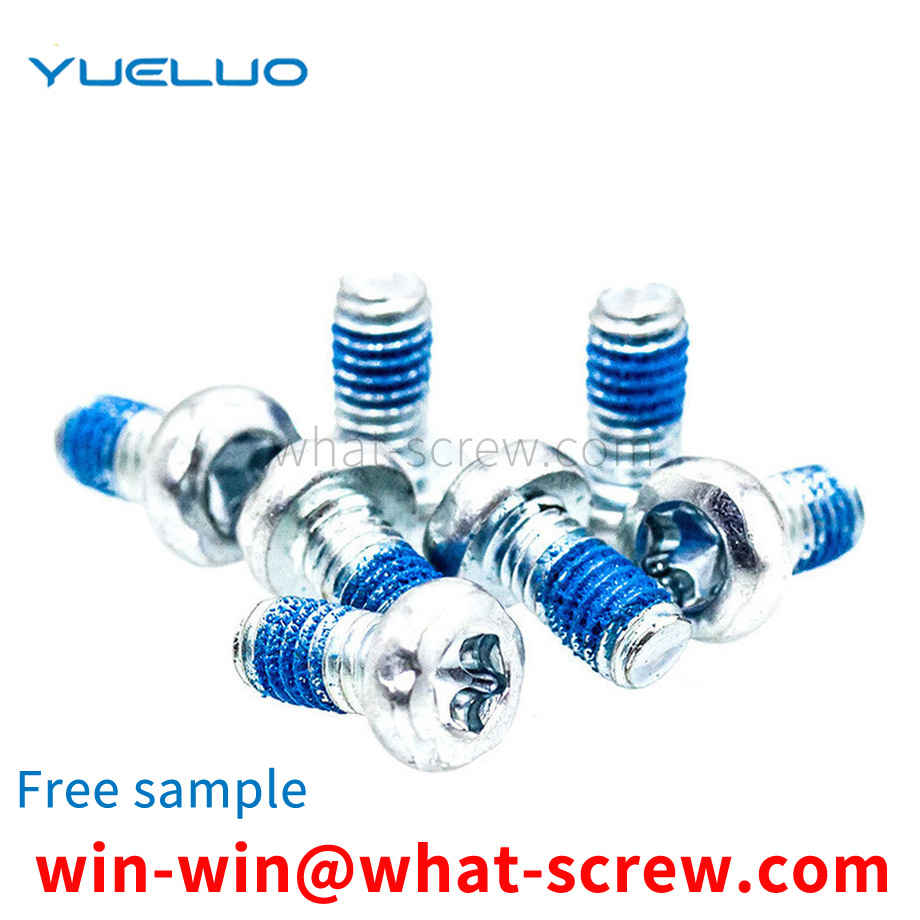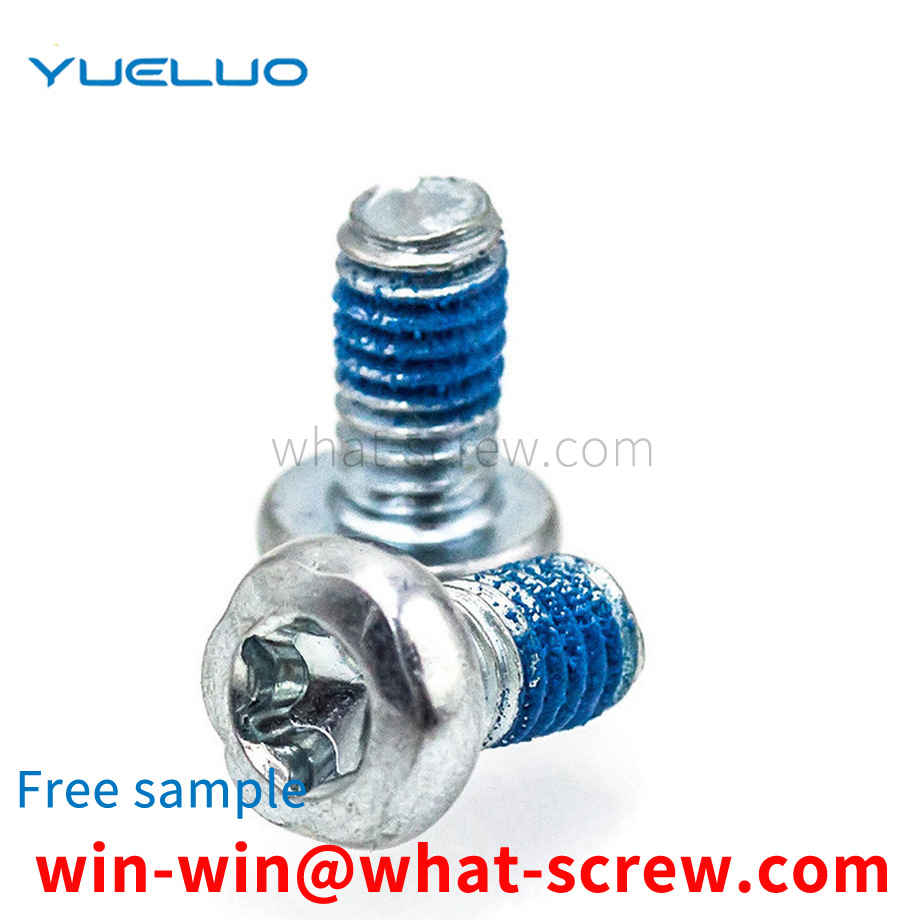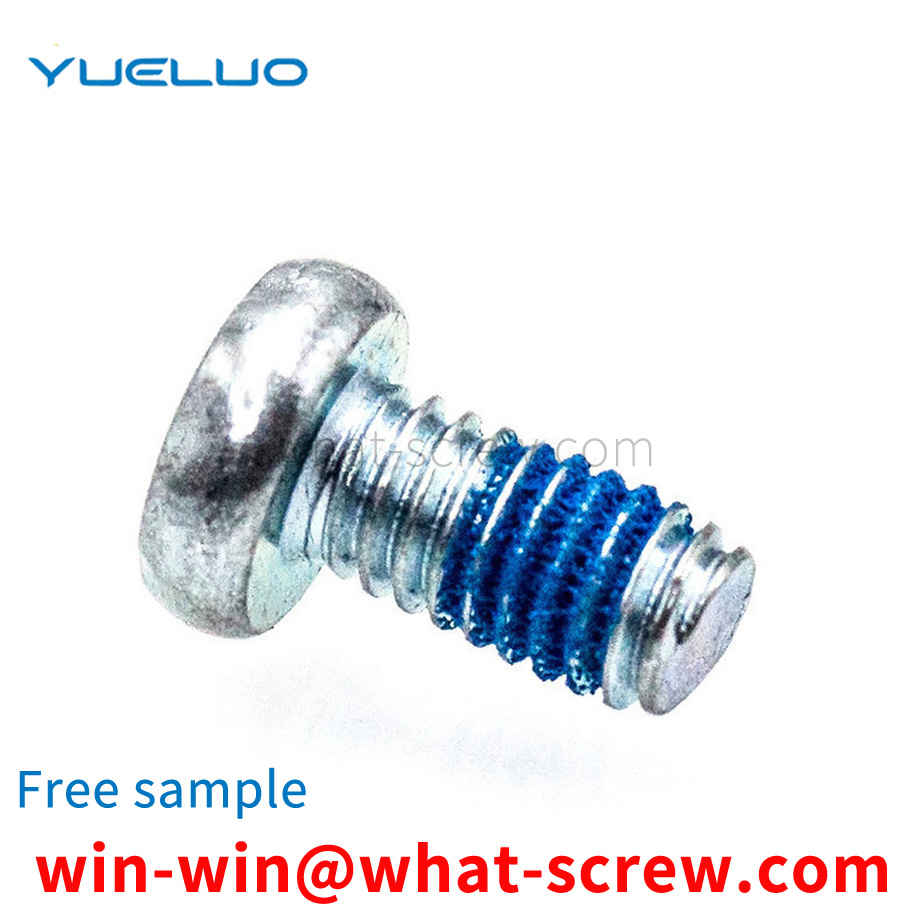What is the tolerance range of precision screws?
What is the tolerance range of precision screws?
Service Hotline
+86760-8787 8587We have more than ten years of production experience in the screw industry. The main products are: fishplate bolts, handle knurled nuts, 304 hexagon nuts, iron elastic hollow washers, lifting ring joint bolts, cabinet screws, DIN pins, blue and white Zinc pressure riveting parts blind hole pressure riveting stud nut, DIN internal tooth lock washer, 8.8 grade blue white zinc self-locking nut, cup head pan head screw, 10 grade Q230 Dacromet flat bottom hexagon nut, small flat head rivet nut, Thick hexagon nuts, hollow chassis motherboard computer screws and other fasteners, due to the different materials and specifications of the products, the prices are also different, please contact us if you need it.


The pressure riveting nut is divided into free-cutting steel pressure riveting nut S type, stainless steel pressure riveting nut type CLS, stainless iron pressure riveting nut SP type and copper and aluminum pressure riveting nut CLA type, which should be used in different environments. . Sizes are usually from M2 to M12. There is no unified national standard for rivet nuts, and they are often used in chassis cabinets and sheet metal industries. S series, CLS series, SP series pressure riveting nuts use the internal thread as a simple method to install in precision sheet metal products, and use small and precise nuts for reliable fixing to completely process the side plate of the sheet metal. The nut is inserted into the hole of the metal plate, and the inlay strengthening function is completed by pressure. Application advantages 1. The back of the plate remains completely flat; 2. Small size and precision, suitable for all electronic or precision equipment; 3. High torque resistance; 4. Easy equipment, simple riveting; 5. Standardized serialization can meet various design requirements .

As the requirements for the use of electrical appliances in various industries continue to increase, the testing specifications for the performance of various components in electrical appliances are also constantly improving. Riveted contact elements are used in various relays, contactors, small switches, thermostats, etc. in low-voltage electrical appliances. The structure of the riveted contact element generally includes a contact base and a rivet riveted to the contact base. The rivet includes a rivet head and a rivet top, the structure of which is shown in FIG. 1 .


Due to the high demand for electronic products and the reduction of assembly line workers, in order to cope with the problem of labor shortage, manufacturing factories need to use automatic screw locking equipment to replace manual labor. In the existing automatic locking and paying equipment, most of them use a screw arranging machine to arrange the screws, and an electric screwdriver (electric batch) takes the screws back and forth, or the special equipment blows the screws into the electric batch to send the screws to the electric batch, and back and forth. The method of taking is too time-consuming, and the method of blowing air is not suitable for screws with small aspect ratios.

Inspection method There are two types of screw surface inspection, one is the inspection before the screw is produced and not plated, and the other is the inspection after the screw is plated, that is to say, after the screw is hardened and the surface of the screw is treated. . After the screws are produced and before electroplating, we inspect the screws in various aspects such as size and tolerance. See if there are national standards or customer requirements. After the surface treatment of the screws, we will inspect the plated screws, mainly to check the color of the plating and whether there are any broken screws. In this way, when we deliver screw goods to customers, customers can successfully pass the customs when they receive the goods. Inspection of screws after treatment: 1. Appearance quality requirements The inspection of the appearance of screws is carried out from the aspects of appearance, electroplating layer and so on. Second, the inspection of the thickness of the screw coating 1. The measuring tool method uses a micrometer, a vernier caliper, a plug gauge, etc. 2. Magnetic method The magnetic method is used to measure the thickness of the coating layer, which is a non-destructive measurement of the non-magnetic coating layer on the magnetic substrate with a magnetic thickness gauge. 3. Microscopy Microscopy is called metallographic method, which is to magnify the etched fasteners on a metallographic microscope with a micrometer eyepiece to measure the thickness of the coating on the section. 4. Timing flow method The timing flow method uses a solution that can dissolve the coating to flow on the local surface of the coating, and calculates the thickness of the coating according to the time required for the local coating to dissolve. There are also coating drop method, anodic dissolution Coulomb method, etc. 3. Inspection of the adhesion strength of the screw coating There are many methods for evaluating the adhesion between the coating and the base metal, usually the following. 1. Friction polishing test; 2. File method test; 3. Scratch method; 4. Bending test; 5. Thermal shock test; 6. Extrusion method. 4. Inspection of corrosion resistance of screw coatings The corrosion resistance inspection methods of coatings include: atmospheric exposure test; neutral salt spray test (NSS test); acetate salt spray test (ASS test), copper accelerated acetate salt spray test (CASS) test); and corrosion paste corrosion test (CORR test) and solution spot corrosion test; immersion test, inter-dipping corrosion test, etc.

The above content is uploaded by Yueluo or the Internet. If there is any copyright issue, please contact [email protected].

What is the tolerance range of precision screws?

How to choose the right stainless steel screw manufacturer?

Why is there an R angle under the head of the hexagon head s...

We have more than ten years of production experience in the ...

We have more than ten years of experience in the production ...

We have more than ten years of experience in the production ...

We have more than ten years of experience in screw industry ...